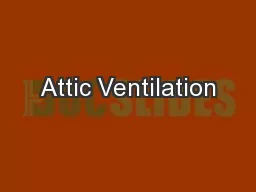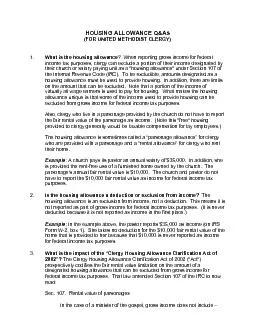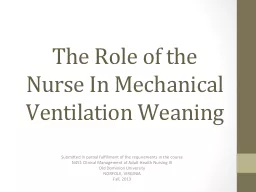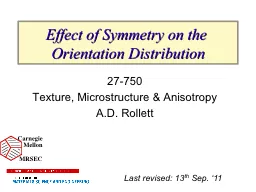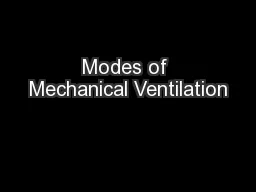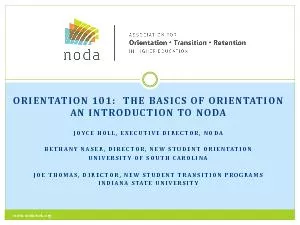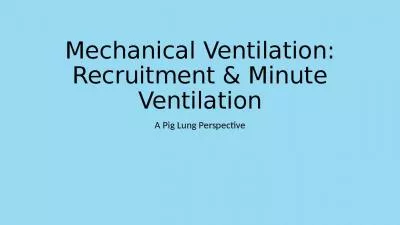PPT-Effect of orientation, ventilation, floor space allowance a
Author : marina-yarberry | Published Date : 2016-04-20
S K Das M Karunakaran and S B Barbuddhe ICAR Research Complex for Goa Ela 403402 Goa India Introduction Livestock is an integral part of agriculture in India
Presentation Embed Code
Download Presentation
Download Presentation The PPT/PDF document "Effect of orientation, ventilation, floo..." is the property of its rightful owner. Permission is granted to download and print the materials on this website for personal, non-commercial use only, and to display it on your personal computer provided you do not modify the materials and that you retain all copyright notices contained in the materials. By downloading content from our website, you accept the terms of this agreement.
Effect of orientation, ventilation, floor space allowance a: Transcript
Download Rules Of Document
"Effect of orientation, ventilation, floor space allowance a"The content belongs to its owner. You may download and print it for personal use, without modification, and keep all copyright notices. By downloading, you agree to these terms.
Related Documents


